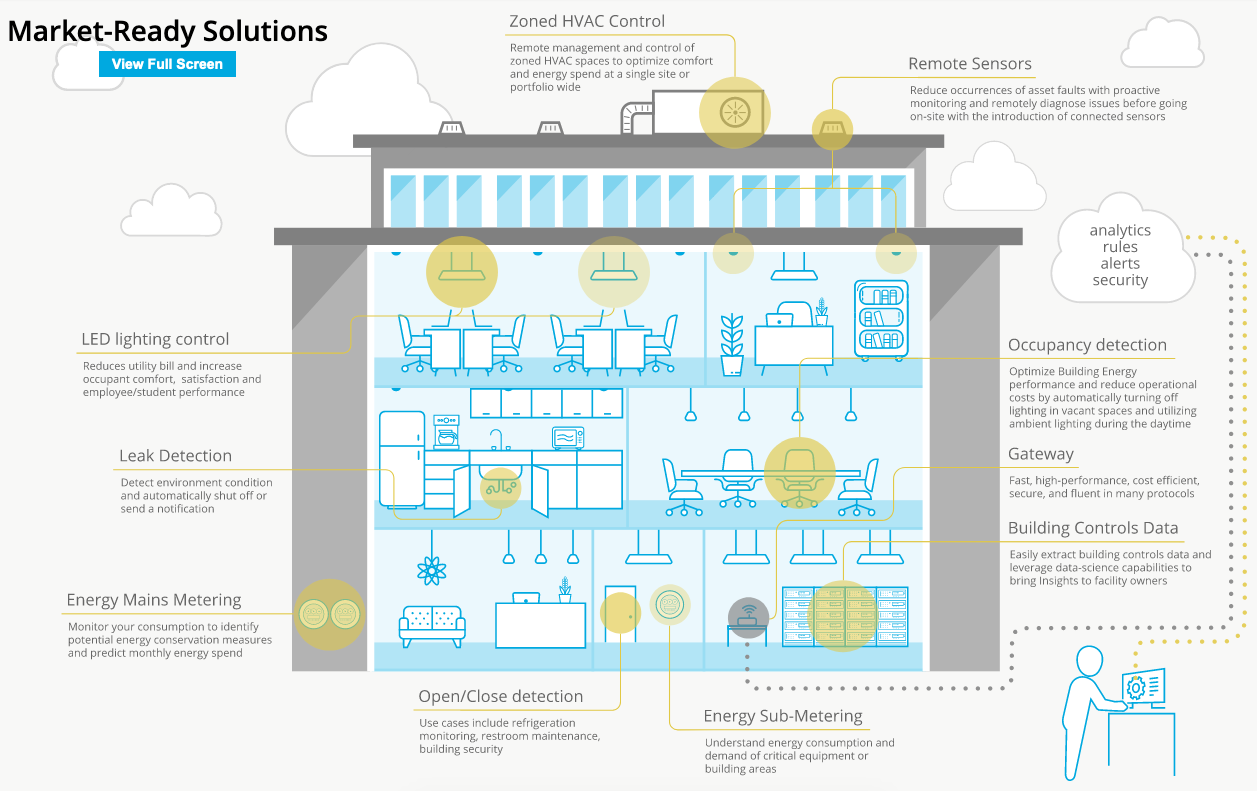Building Information Management

Building Information Modeling (BIM) is a process that uses digital models to plan, design, construct, operate, and maintain buildings and infrastructure. BIM software is a key tool in the BIM process, as it allows users to create, view, and interact with 3D models of buildings and infrastructure.
BIM software typically includes the following features:
- 3D modeling: BIM software allows users to create 3D models of buildings and infrastructure. These models can be used to visualize the design of a building or infrastructure project, and to identify potential problems before they occur.
- 4D modeling: BIM software can also be used to create 4D models of buildings and infrastructure. These models include a time dimension, which allows users to track the progress of a construction project and to identify potential delays.
- 5D modeling: BIM software can also be used to create 5D models of buildings and infrastructure. These models include a cost dimension, which allows users to track the cost of a construction project and to identify potential cost overruns.
BIM software can be used by a variety of stakeholders in the building and infrastructure industry, including architects, engineers, contractors, and owners. BIM software can help to improve communication and collaboration between these stakeholders, and to improve the efficiency and accuracy of the building and infrastructure design and construction process.
Here are some of the benefits of using BIM software:
- Improved communication and collaboration: BIM software can help to improve communication and collaboration between stakeholders in the building and infrastructure industry. This is because BIM software allows users to share 3D models of buildings and infrastructure with each other. This can help to identify potential problems early on in the design process, and to ensure that everyone is on the same page.
- Improved efficiency: BIM software can help to improve the efficiency of the building and infrastructure design and construction process. This is because BIM software can automate many of the tasks that are currently done manually. For example, BIM software can automatically generate construction schedules and cost estimates.
- Improved accuracy: BIM software can help to improve the accuracy of the building and infrastructure design and construction process. This is because BIM software allows users to create and view 3D models of buildings and infrastructure. This can help to identify potential problems early on in the design process, and to ensure that the final product meets the needs of the stakeholders.
If you are involved in the building or infrastructure industry, BIM software is a tool that you should consider. BIM software can help to improve communication and collaboration, efficiency, and accuracy.